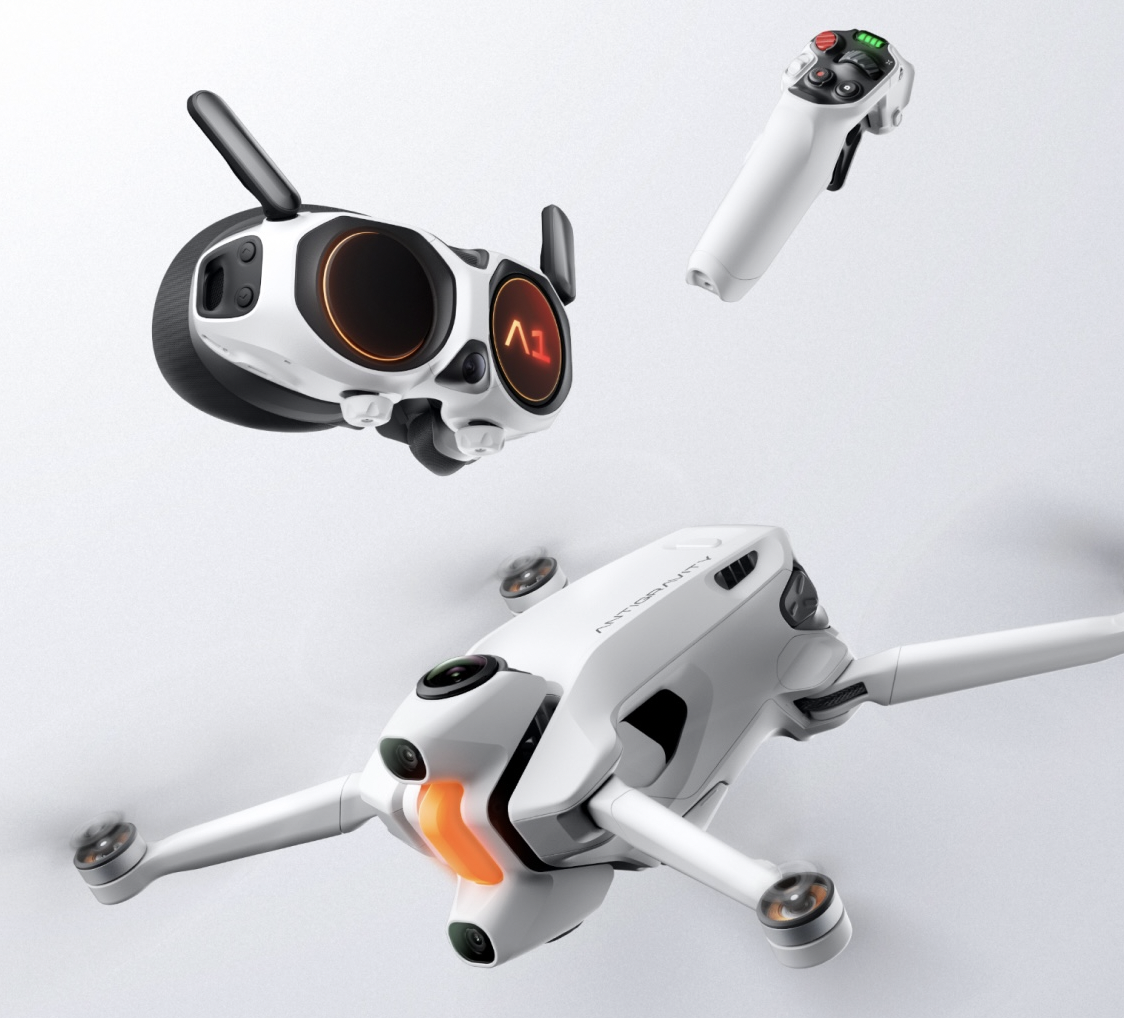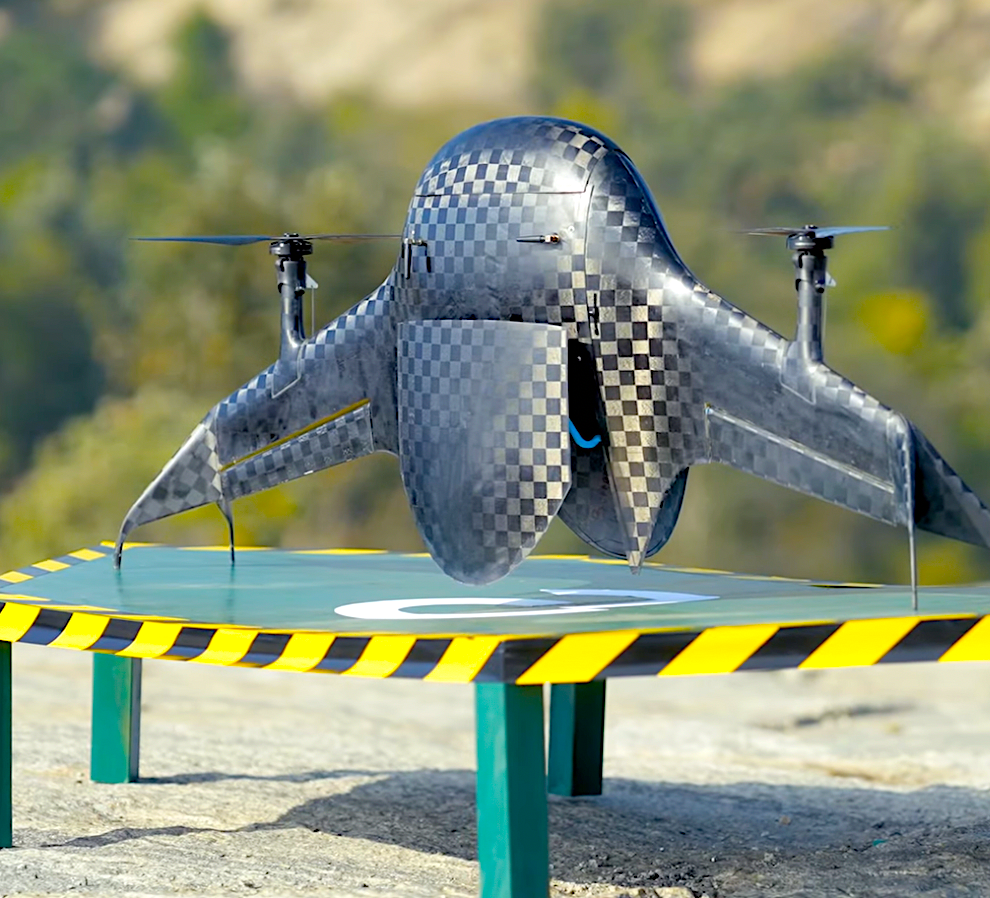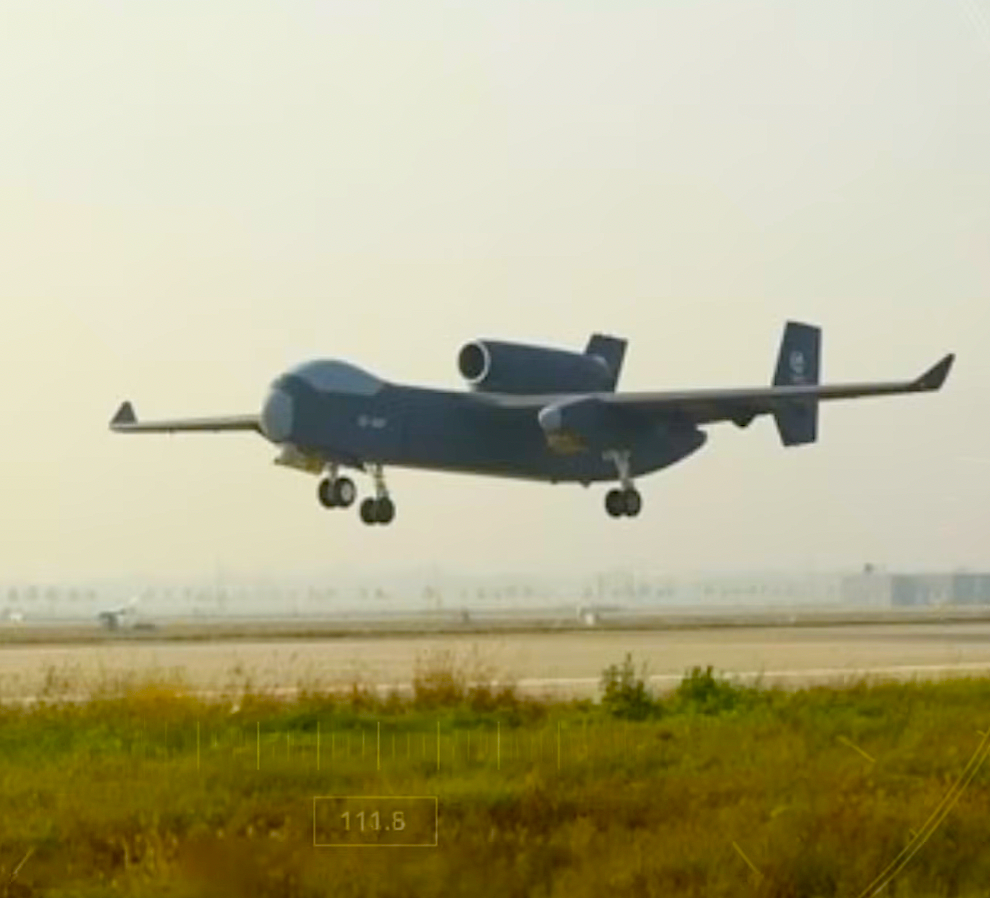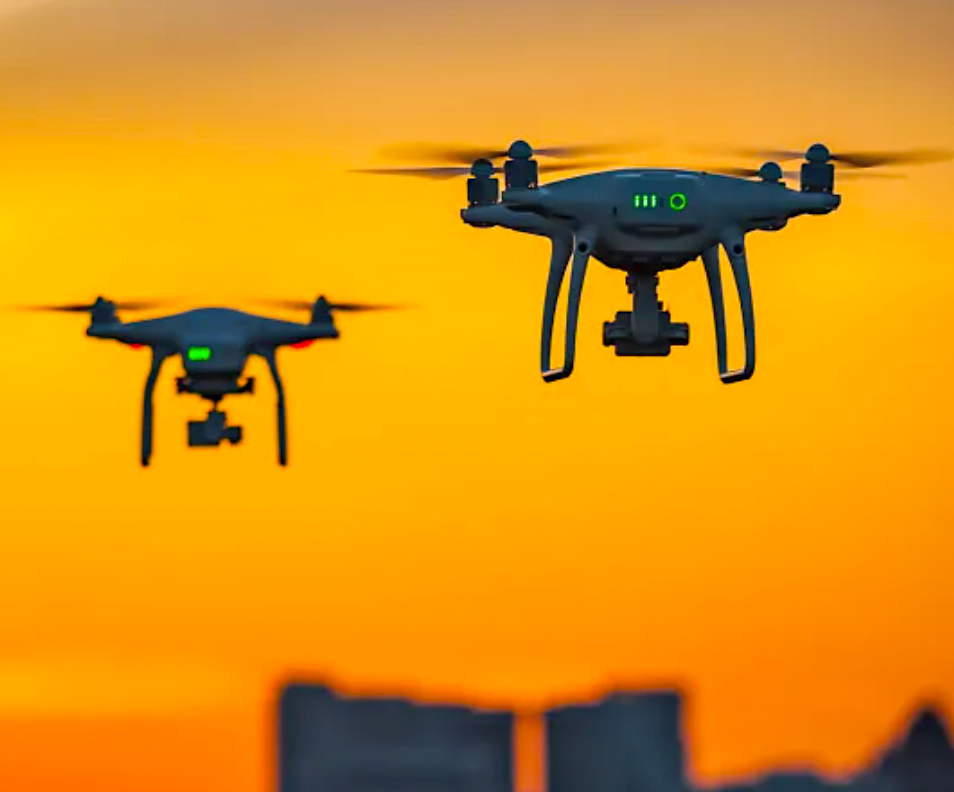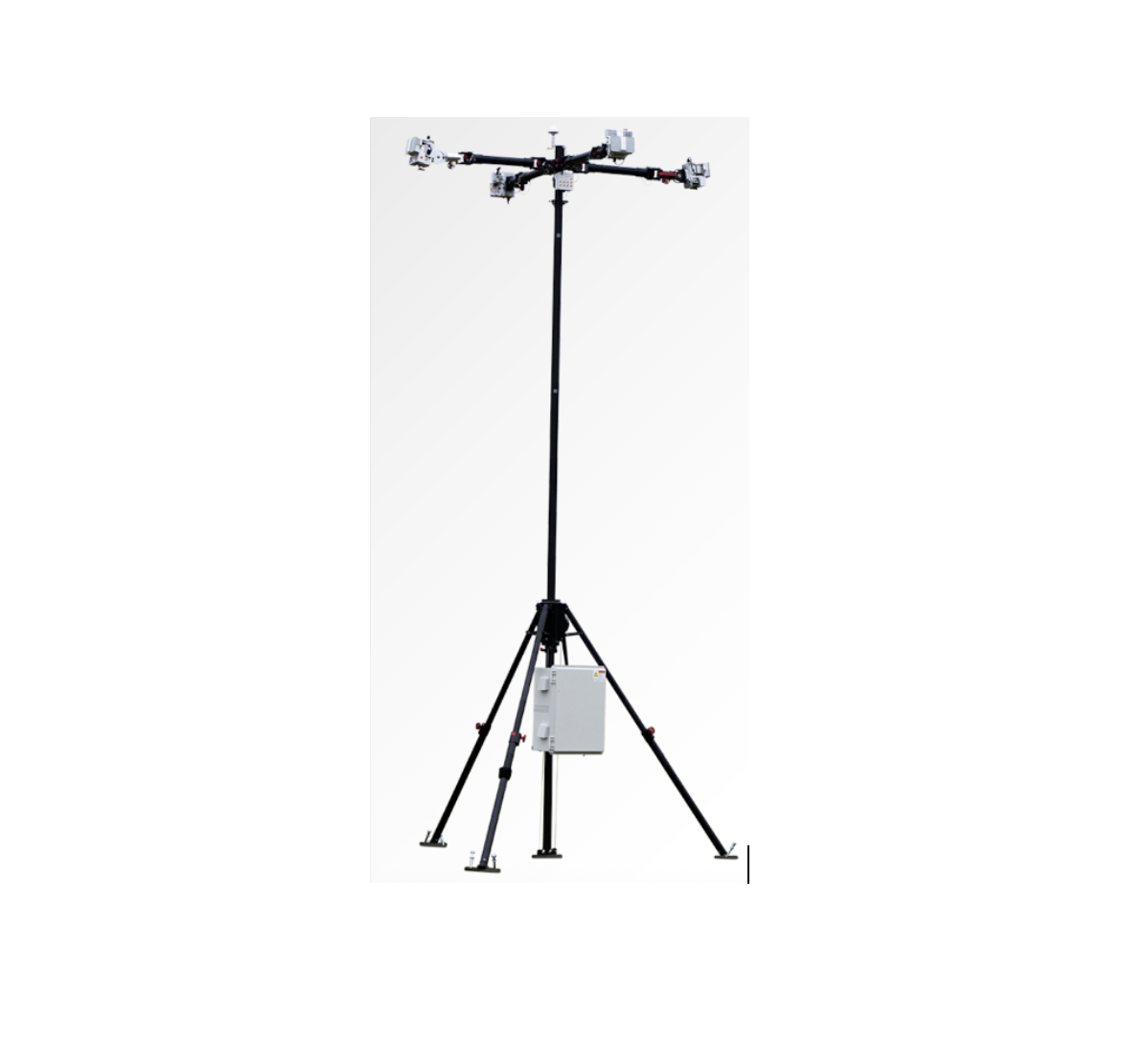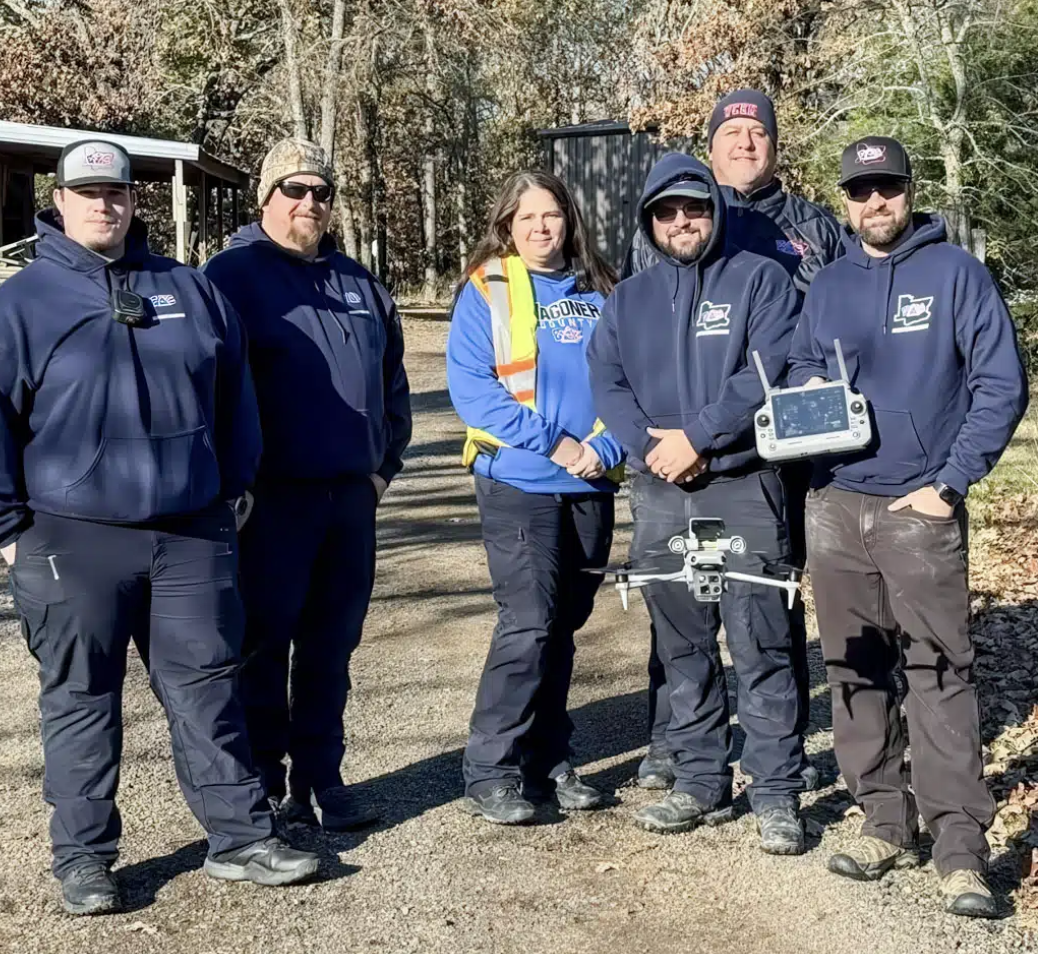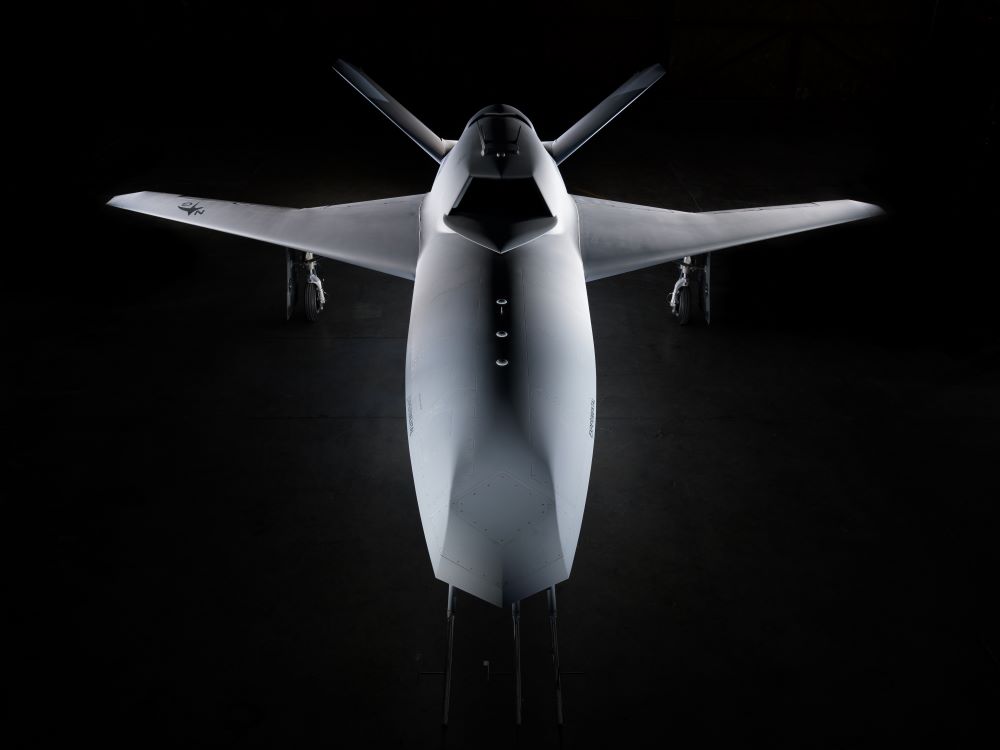Featured NewsTrending NewsDrone Bees May save the planet

07 November 2023
Birds do it. Bees do it.
And now, drones do it.
Thanks to Nitin Sanket—an assistant professor at the Worcester Polytechnic Institute (WPI) Department of Robotics Engineering—an autonomous flying robot dubbed the "robo bee" is being developed to pollinate plants.
Call it another drone rescue.
The world is experiencing a seismic decline in bee populations, and given that one-third of our food is produced by pollinated plants, the extermination of bees due to climate change, pesticides, and loss of habitats is not good news. While global campaigns with the mission of saving bees from extinction do exist, Sanket doesn't see relying solely on these organizations as the sole hope for pollination.
“A lot of conservationists are working to preserve bees, and that’s a good thing,” says Sanket. “But the climate is changing pretty drastically, so we need alternatives—including looking at other ways to pollinate things.”
For Sanket and his graduate students in WIP's Perception and Autonomous Robotics Group, one of those "other ways" is the robo bee. The current prototype is a hummingbird-sized plastic cube outfitted with four 2.5-inch propellors, a camera, and a rechargeable lithium battery. Flight time is up to seven minutes.
But the existing model is not where Sanket wants to end up, and he admits the goal—a lighter and even smaller robo bee that can operate using solar power and fly for hours as it collects and transfers pollen from an assortment of plants—is still years in the future.
Happily, there is a "hive" of researchers devising features that could benefit the robo bee. For example, programs at Harvard, MIT, and other institutions are working on bee-sized robotic bodies, and Yiannis Aloimonos and Cornelia Fermüller at the University of Maryland are working with Sanket's crew to perfect the robo bee's agility, speed, autonomous navigation systems, and toughness.
"Real bees are clumsy—they always run into each other," relates Saket. "But their bodies are resilient, so that's okay. On the other hand, if the current robo bee smacks into something, expensive tech can break. And it will take a beating."
To get robo bee where it needs to be, Sanket is working with the militaty.
“This is bringing in new money, because people who would not invest in conservation might invest in this technology,” Sanket says. “It’s like when GPS was first developed by the military. They were interested in the technology for a completely different reason than what we’re all using it for today. But if they put in the money to develop a technology, then the general public can adapt that technology for creative solutions.”
Such as plant-pollinating robo bees...

